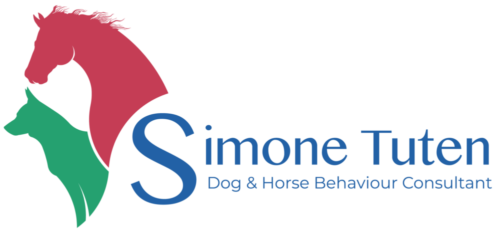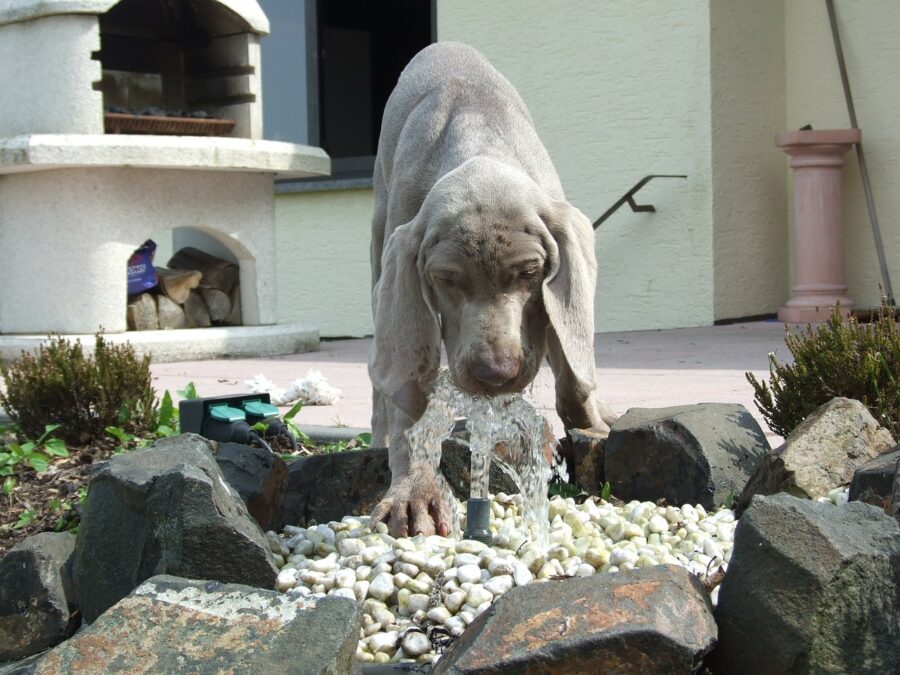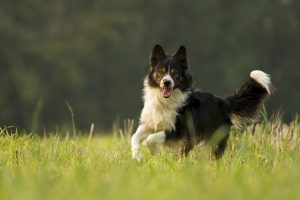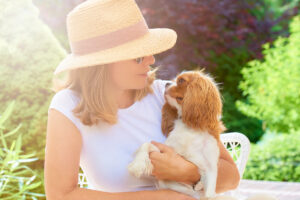Last post we talked about classical conditioning (remember the boys with the white rat and rabbit?). I also mentioned that animals can learn through operant conditioning (there that is our big word for the day).
Operant conditioning is learning (behaviour change) through consequences. In other words, the dog (or other animal) learns as a result of things that happen during or immediately after they have done something. These consequences fall in two broad categories – things that increase or decrease behaviour.
So who do we have to thank for operant conditioning? Well a scientist by the name of Burrhus Frederic Skinner and his rats. In the 1930’s Skinner came up with the term operant conditioning. He developed this theory based on Edward Thorndike’s research in the late 1890’s (the Law of Effect).
In a nutshell Skinner noticed that there are things that happen which increase or decrease behaviour. So let’s look at these a little closer.
Increasing behaviour
If a specific behaviour happens more often, lasts longer, gets stronger in some way or remains the same then the animal has been rewarded in some way by doing the behaviour. In this case the behaviour has been reinforced.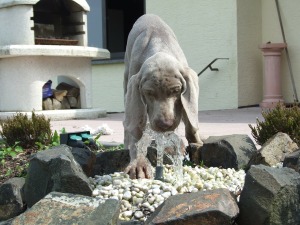
So what are reinforcers? Well, essentially they are anything that the animal finds desirable or pleasant at that time. These will vary upon the situation and the animal. For example, a dog may find playing with water from a hose to be a pleasant and enjoyable game; however, they may not enjoy it on a cold wet day.
As another example most dogs enjoy food treats, but there are times when the dog does not want your food treats. This could happen when the dog is full, stressed or anxious about something or there are better things around.
One thing we need to remember is that reinforcers can come from the environment. They do not only come from people. This means an animal can learn or continue to be rewarded for unwanted behaviours when we are not around. For example, a dog may continue to jump on a table when people are not around if they can look out a window or the dog may jump on the couch when people are not around if they find the couch comfortable (soft or warm).
 So how can we use this information? In several ways, some of which I will talk about in a later post. For now, let’s figure out what things our companion animal finds rewarding, then rank them from their very favourite thing down to less enjoyable things. Next we need to figure out when those things are not rewarding. With this information we have a variety of rewards we can use to train with at different times and places.
So how can we use this information? In several ways, some of which I will talk about in a later post. For now, let’s figure out what things our companion animal finds rewarding, then rank them from their very favourite thing down to less enjoyable things. Next we need to figure out when those things are not rewarding. With this information we have a variety of rewards we can use to train with at different times and places.
For example, my Australian Kelpie loves a game of tug inside the house, for her that is almost as good as a food treat; however, in the yard she rarely plays tug and she never plays tug when we are away from the property. How much success do you think I would have training her using a tug toy as a reward when we are away from the property? Not much really. My Siberian Husky on the other hand will play tug just about anywhere which means I can use tug as a reward in more situations with her.
Decreasing behaviour
If a specific behaviour happens less often, for shorter periods of time or gets weaker in some way then the animal has been discouraged in some way by doing the behaviour. In this case the behaviour has been punished.
So what are punishers? These are pretty much the opposite of reinforcers; they are something unpleasant or undesirable. The words punisher and punishment have a bad rep and we often think they are really bad things, like the cane at school (yes, I am showing my age). However, this is not always the case so some people use the word inhibitor instead.
Like with reinforcers, what is punishing will vary between animals and situations. For example, a light tap to the shoulder may reduce behaviour in some situations; however, the same tap while playing a game of tug may have no effect or could even increase a dog’s tugging behaviour. As another example, leaving a dog alone for a short period may reduce an unwanted behaviour in one dog but not in another.
Remember whether something is reinforcing or punishing is based on the animal’s perspective of the consequence not ours.
Is this all there is to operant conditioning? Nope. I will go into more detail about operant conditioning in a later post. For now have a think about what your companion animal enjoys, how much they enjoy that thing, if there are times when they do not enjoy that thing and how you can use these rewards in training.
Previously published by myself on Minding Animal Minds
